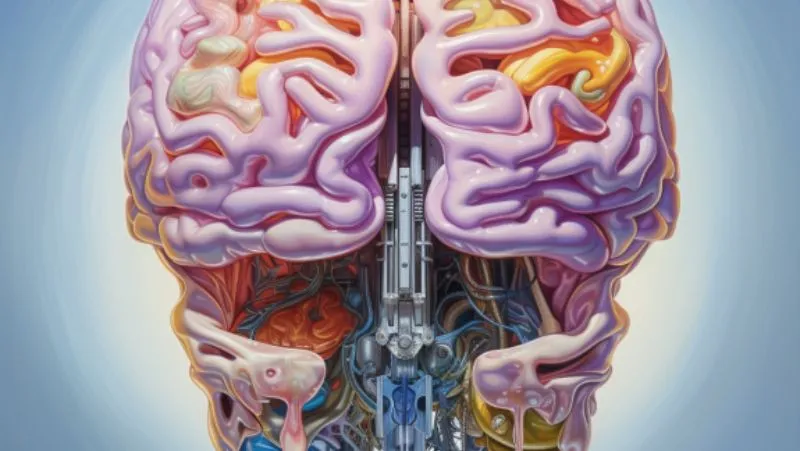What is the frontal lobe?

The frontal lobe, a region located in the front of the brain, plays an important role in human thought and behavior.
Naturally, the human frontal lobe is one of the most developed in the mammalian brain.
The frontal lobe, through its coordination with other parts of the body, processes the following
Frontal lobe processing
- Sensory Processing
- Control of movement
- Complex cognitive functions
It is humanity.
Location and structure of the frontal lobe
The frontal lobe is located in the front of the brain, inside the two hemispheres on either side, and is adjacent to an area called the hippocampus.
The hippocampus of the famous Yu-Gi-Oh! character "Sejin Haima" comes from here.
The frontal lobe is covered with gray matter, called the cortex, and this region possesses more neurons than any other brain region.
- neuron
-
The basic cells of the brain and nervous system. Neurons are the cells that are responsible for the formation and maintenance of other neurons andmuscleand organs, and other cells use neurotransmitters, which are electrical signals and chemicals, to communicate information.
The frontal lobe has many areas, each with a different role.
Role and function of the frontal lobe

The frontal lobe has many roles and functions.
All of these play a major role in "humaneness". There are six major ones presented here.
Role and function of the frontal lobe
- decision-making
- plan
- attention (heed)
- social behavior
- learning
- emotional processing
Let's take a look at an overview of each.
decision-making
The frontal lobe plays an important role in decision making.
- Advantages vs. disadvantages:.
It helps to compare the advantages and disadvantages of different alternatives when making decisions. - Predicting Results:.
Involves predicting the outcomes of different alternatives and helps make more informed decisions. - Impulse Control.
It can help control impulsive reactions and lead to better decision making. - PLANNING: The
Engage in planning and consider the steps necessary to achieve the desired results. - Social decision making:.
Interpreting social cues and determining appropriate behavior in social contexts.
It's the ability to make better decisions.
plan
Overall, the frontal lobe plays an important role in planning, helping to set goals, develop plans, execute and monitor them, and coordinate plans.
- Goal setting and planning
Help individuals set specific goals and develop a plan to achieve them.
He is also responsible for breaking down large goals into small, manageable steps. - Working Memory:.
Ability to retain information in the mind when completing a task.
This allows individuals to keep track of their plans as they progress through each step. - Plan implementation and monitoring:.
Help them follow each step and adjust their plans as needed based on feedback and new information.
attention (heed)
The frontal lobe is theattentivenessIt plays an important role in English-speaking countries, and for beginners in their 20s and 30s, we will discuss how the frontal lobeattentivenessThe following is a brief description of how it relates to
- Selective Attention: supports the ability to focus on attention-grabbing stimuli while ignoring others.
- Sustained Attention: supports the ability to maintain focus for extended periods of time.
- Distributed Attention: supports the ability to distribute attention across multiple tasks. Important when multiple responsibilities or stimuli need to be performed simultaneously.
- Reducing distractions: helps focus on a specific task or goal.
Early short term and long termattentivenessI think it's the power of continuity.
social behavior
The frontal lobe also controls social behavior.
- Emotional regulation: the frontal lobe is involved in regulating emotions and is important for proper social behavior.
- Empathy: The frontal lobe helps us understand and empathize with the feelings of others and can facilitate social interactions.
- Moral reasoning: the frontal lobe is involved in moral reasoning, making ethical decisions, and acting appropriately in social situations.
- Social cognition: the frontal lobe is involved in social cognition, which involves sensing and interpreting social cues and understanding social relationships.
This is probably where the air-reading and such comes in.
learning
The ways in which the frontal lobes are associated with learning are roughly as follows
- attentivenessThe frontal lobe: the frontal lobe is involved in attentional processes important for learning and memory.
- Working memory: the frontal lobe is involved in working memory, the ability to hold and manipulate information in short-term memory.
- Cognitive Flexibility: The frontal lobe is involved in cognitive flexibility, the ability to switch between different tasks and perspectives. This is important for learning and problem solving.
- EXECUTIVE FUNCTION: The frontal lobe is involved in executive functions, which are cognitive processes for planning, organizing, initiating, and monitoring behavior. These processes are important for learning and self-regulation.
- SOCIAL LEARNING: The frontal lobe is involved in social learning, learning from others. This includes imitation of others' behavior, understanding social norms, and learning from feedback.
So our "learning" is established by making full use of these.
emotional processing
As you can see if you have read this far, the frontal lobe is also involved in controlling emotions.
- Emotional regulation: involved in regulating emotions, including inhibiting inappropriate emotional responses and initiating appropriate responses.
- Empathy: Involves sympathy, which is the ability to understand and share the feelings of others.
- Social behavior: interpretation of social cues and appropriate socialinteractioninvolved in social behavior.
- Decision-making: involved in decision-making that may be influenced by emotional factors.
- Moral reasoning: involves moral reasoning that considers the moral implications of one's actions and decisions.
As will be discussed later, if the frontal lobe is damaged in any way, these abilities are impaired. It is very frightening.
Developmental process of the frontal lobe

The frontal lobe is one of the last areas to mature during brain development and continues to develop from youth to adulthood.
Conversely, growth peaks in adulthood.
Developmental process of the frontal lobe
- infancy
- childhood
- puberty
- adulthood
The development of the frontal lobe is described below.
- infancy
During infancy, the frontal lobes are beginning to develop, but are very immature. Infants have limited decision-making and planning abilities because they are unable to fully utilize the functions of their frontal lobes. - childhood
In childhood, the frontal lobe develops and the ability to make decisions and plan improves. The frontal lobe also begins to play an important role in emotional regulation and self-regulation. - puberty
During adolescence, the frontal lobes of the brain develop rapidly. Adolescence is the peak of frontal lobe development, during which decision-making and planning abilities are greatly enhanced. However, puberty can also be accompanied by periods of instability in emotion and behavior as the frontal lobes develop. - adulthood
In adulthood, development of the frontal lobes proceeds slowly. In adulthood, the frontal lobes are most mature and have the greatest capacity for decision-making and planning.
Frontal lobe development is influenced by factors such as genes, environment, experience, and education.
Proper stimulation and environment are necessary for the normal development of the frontal lobe.
Of course, a healthy lifestyle and adequatesleepis a prerequisite.
Causes of frontal lobe injury
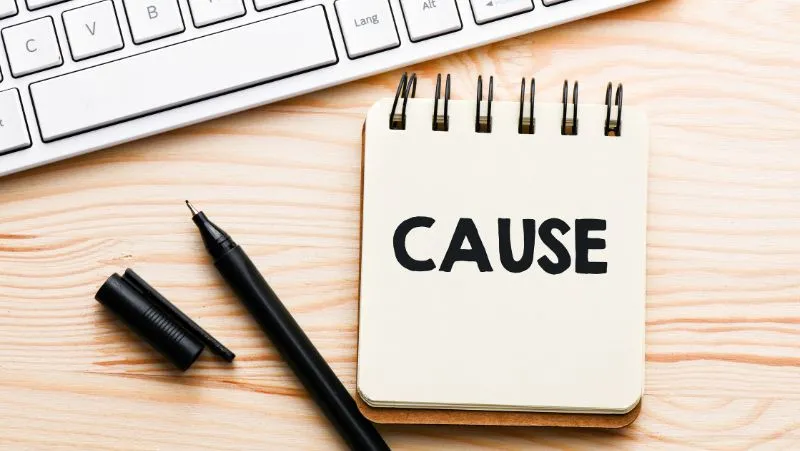
Damage to the frontal lobe can be caused by a variety of factors.
Causes of frontal lobe injury
- brain damage
- brain tumor
- stroke
- Alzheimer's disease
The above is just an example.
Let's take a look at an overview of each.
- brain damage
The frontal lobe can be damaged by falls, sports accidents, car accidents, etc. - brain tumor
Brain tumors are diseases caused by the growth of abnormal cells in the brain.
This brain tumor can occur in the frontal lobe. - stroke
Stroke is a disease caused by ruptured or blocked blood vessels in the brain.
This can damage the frontal lobe. - Alzheimer's disease
Alzheimer's disease is a condition in which brain cells die due to factors such as aging and genetics.
Accompanying this may be atrophy of the frontal lobe. - Other Factors
Causes of frontal lobe damage include drugside effectThis includes infections, exposure to toxins, etc.
Famous examples include alcoholism.
It is important to identify the exact cause of the frontal lobe injury, as treatment depends on the cause of the injury.
It is necessary to follow the doctor's instructions and undergo appropriate examination and treatment.
Symptoms of frontal lobe injury
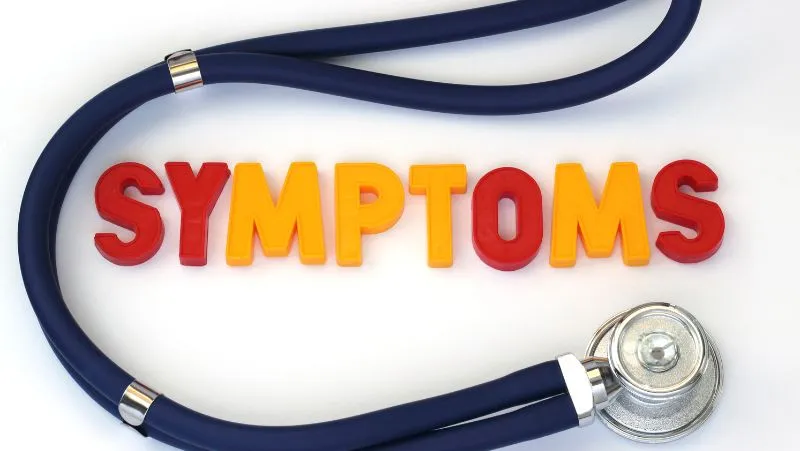
As discussed in the previous section, damage to the frontal lobe can cause serious disturbances in thinking and behavior.
Symptoms of frontal lobe injury
- Impediments to decision-making
- Impaired judgment
- Difficulty in controlling behavior
- Emotional dysregulation
- Decreased social adaptability
The above is just an example.
Let's take a look at an overview of each.
- Impediments to decision-making
May have reduced capacity for decision-making. Struggling to make decisions on their own. - Impaired judgment
They are unable to distinguish between fact and fiction and may lose their sense of reality. - Difficulty in controlling behavior
They may act impulsively and disregard social norms. - Emotional dysregulation
Unable to control emotions such as anger and anxiety, often overreacting emotionally. - Decreased social adaptability
Failure to observe social rules and manners, and self-centered behavior.
All of them are miserable.
Or perhaps this is what the trouble in the workplace is all about....
Causes of frontal lobe injury include injury, illness, drugside effectand others.
Frontal lobe treatment methods

As mentioned earlier, frontal lobe damage can be caused by brain injury, brain tumors, stroke, Alzheimer's disease, and other factors that vary from person to person.
Therefore, treatment may vary depending on the specific condition and severity of symptoms.
Frontal lobe treatment methods
- pharmacotherapy
- psychotherapy
- Cognitive Rehabilitation
- procedure
- Lifestyle Improvements
Let's take a look at an overview of each.
- pharmacotherapy
depressionMedications such as drugs, antipsychotics, and stimulants may be used to treat various frontal lobe disorders. - psychotherapy
Different forms of talk therapy can help people with frontal lobe disorders to learn coping strategies and to develop a holisticmental healthImprovement of the - Cognitive Rehabilitation
In this therapy, thememory, ,attentivenessand work with therapists to improve cognitive functions such as problem solving. - procedure
Surgery may be necessary to remove brain tumors or to relieve symptoms caused by frontal lobe damage. - Lifestyle Improvements
Maintain a healthy lifestyle, e.g., regular exercise, a balanced diet, adequatesleepmay be helpful in the management of frontal lobe disorders by ensuring that the
Of course, these are not done singly either.
Frontal Lobe Research Methods

There are many ways to study the frontal lobe.
Frontal Lobe Research Methods
- brain imaging
- electrophysiology
- cell biology
- behavioral experiment
- pathology
Below is a description of the main research methods.
- brain imaging
MRI, ,fMRI, ,PETThe structure and function of the frontal lobes are examined using different brain imaging techniques such as - electrophysiology
EEGand MEG and other techniques to measure electrical activity in the frontal lobe. - cell physiology
Tissue sections are prepared to measure electrical signals and neurotransmitter release from neurons in the frontal lobe. - behavioral experiment
Assesses the role of the frontal lobe in its behavior using tasks that require cognitive functions associated with the frontal lobe. - pathology
Anatomical studies of the frontal lobe in relation to disease and brain surgery to remove tissue from the frontal lobe can provide a better understanding of frontal lobe function.
These research methods are used to better understand frontal lobe function and disease.
More specifically, a combination of these methods can provide more detailed information about the frontal lobes.
Prospects for Frontal Lobe Research and Treatment

We have presented research and treatment of the frontal lobe.
However, the prospects for research and treatment of the frontal lobe are expected to continue to advance.
Prospects for Frontal Lobe Research and Treatment
- Further understanding of the frontal lobe
- Advances in Brain Imaging Technology
- Genetics and Genomics
- Development of precise treatment methods
- neuromodulation
- behavioural therapy (behavioral)
Let's take a look, albeit briefly.
- Further understanding of the frontal lobe
Scientists continue to study the frontal lobe to better understand its structure and function and its relationship to different cognitive and behavioral processes. - Advances in Brain Imaging Technology
Advances in brain imaging technology are providing scientists with new methods to visualize frontal lobe activity in real time and at high resolution. - Genetics and Genomics
Recent advances in genetics and genomics to better understand how genetic variation affects frontal lobe development and function.
- Development of precise treatment methods
In order to develop potential treatments for diseases affecting the frontal lobe (e.g., Alzheimer's disease, Parkinson's disease), progress is being made in understanding the biological processes underlying these diseases. - neuromodulation
States that affect the frontal lobe (depressionNeuromodulation techniques such as transcranial magnetic stimulation (TMS) and deep brain stimulation (DBS) are being investigated for the treatment of (e.g., obsessive-compulsive disorder). - behavioural therapy (behavioral)
Behavioral therapies such as cognitive behavioral therapy (CBT) have been found to be effective in improving cognitive and behavioral symptoms related to the frontal lobe.
Recently, AI is also active in the following areas.
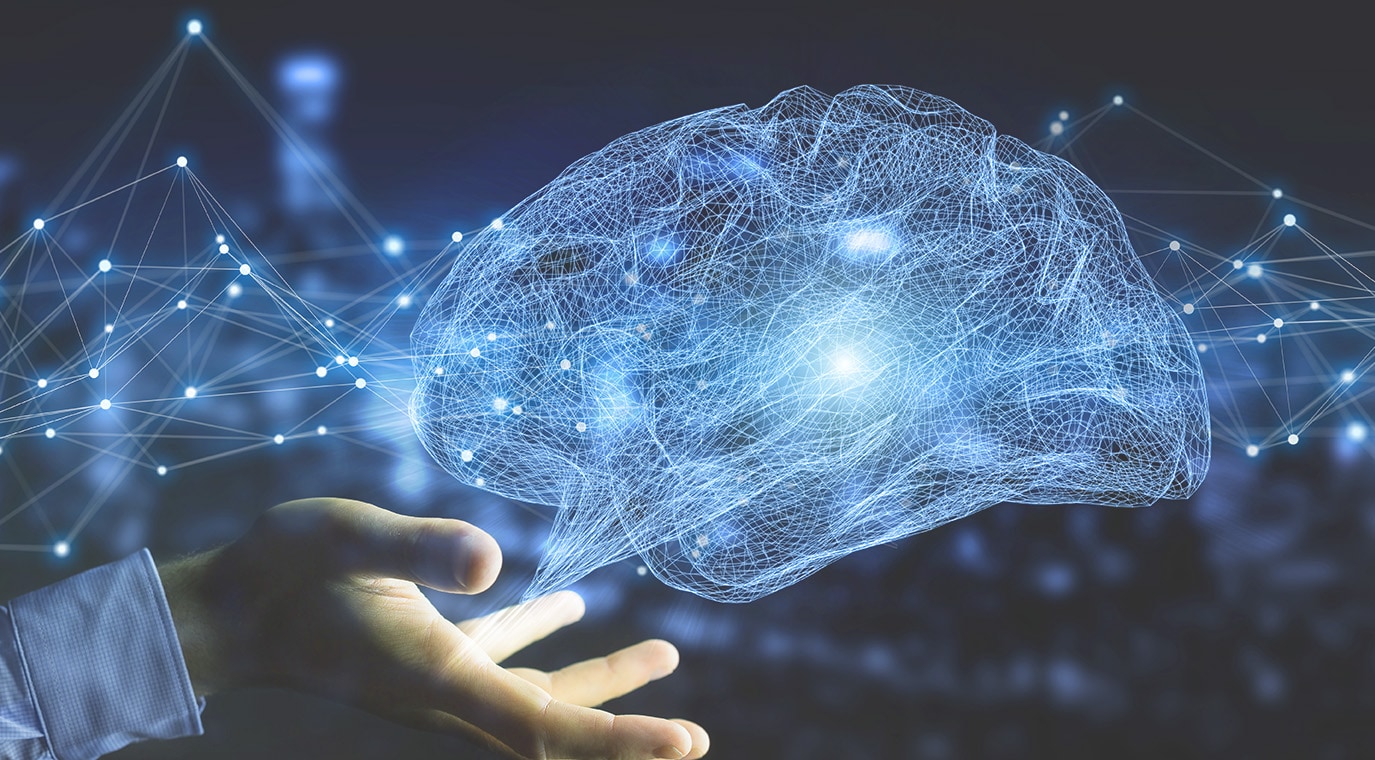
Summary: The frontal lobe is involved in human nature
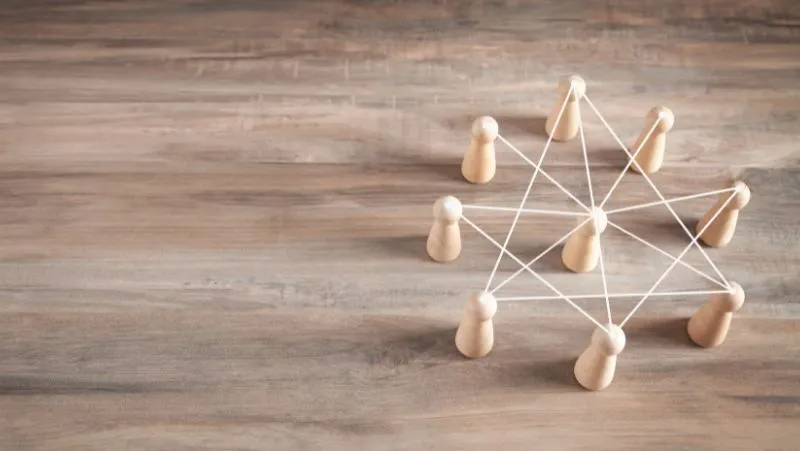
How was it? In this issue.brain functionThe explanation of the frontal lobe is part of the explanation of the
I would like to conclude the article with a summary.
The frontal lobe is responsible for judgment, problem solving, socialinteractionIt is an important part of the human brain that is involved in a wide range of behavioral and cognitive processes, including the development and expression of personality.
It may sound like I'm repeating myself, but it is "humanity" in terms of feelings and actions.
Damage to the frontal lobe can cause a variety of deficits, including impulse control, decision-making, and planning problems. It can also cause changes in personality and social behavior.
In sum, the frontal lobe contributes to our ability to think, plan, and act in complex and sophisticated ways, and plays an important role in what makes us human.
Disclaimer
This site is primarily intended toashwagandha (type of Indian cactus)to provide information about the results of the study and not to provide medical advice.
It is not intended to diagnose, treat, or prevent any specific disease or condition.
Always follow professional advice when using the information on this site.
We also cannot be held responsible for any loss or damage that you may suffer as a result of acting on the basis of the information on this site.
